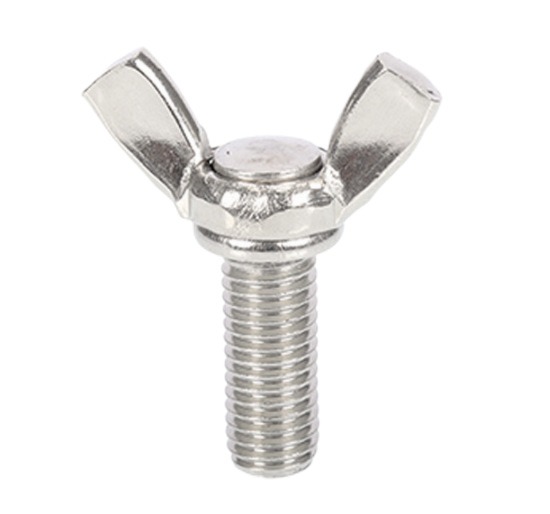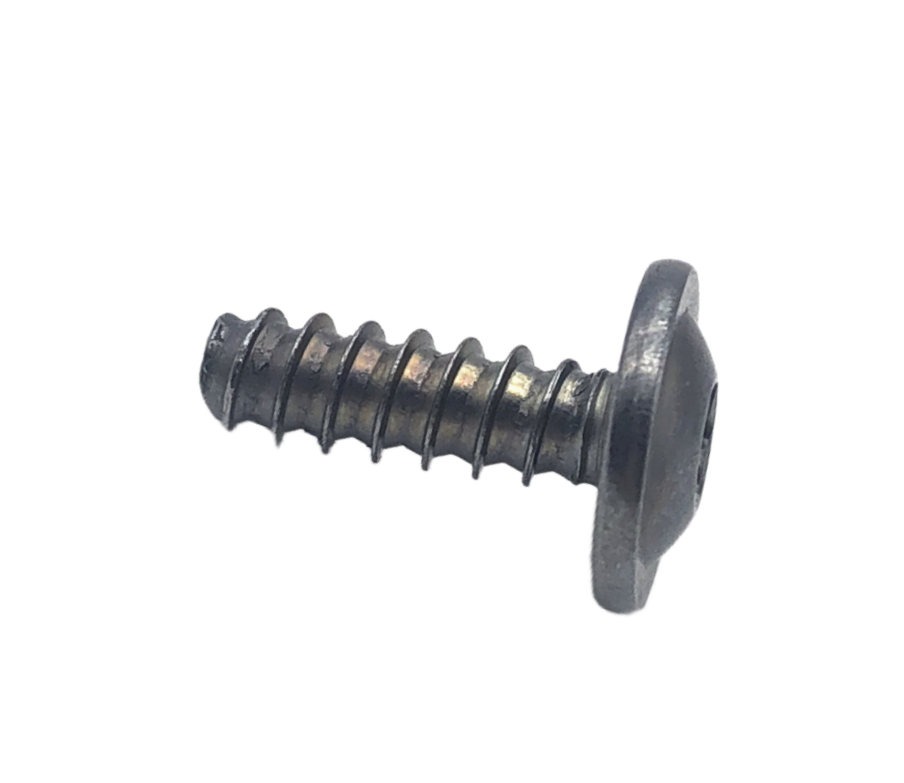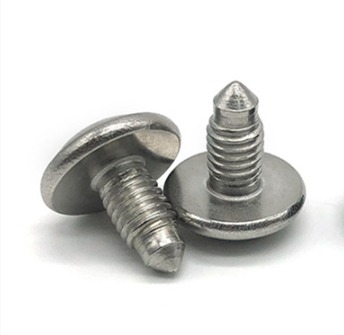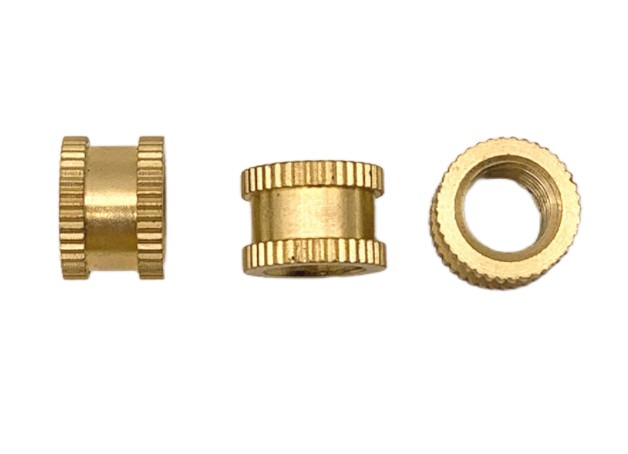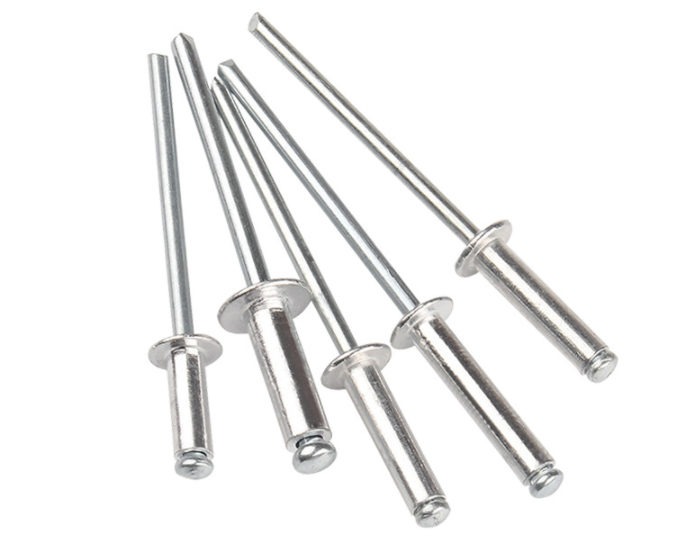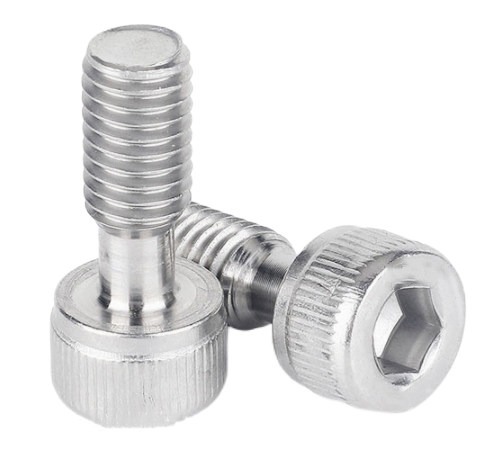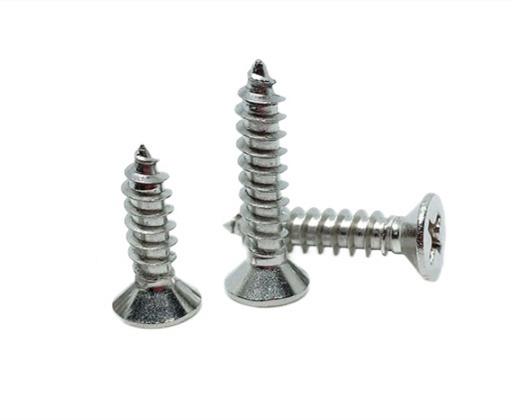What are the Hardness Test Methods
The hardness value is not a physical quantity of a unit. It is a comprehensive performance index, representing a series of different combinations of physical quantities, such as elasticity, strength and toughness of materials. Hardness is the ability of materials to resist deformation or damage, and is one of the most commonly used indicators in the heat treatment industry. So, the hardness test is important. Generally speaking, the higher the hardness of the hardware material, the higher the tensile strength and the better the wear resistance.
Brinell hardness (HB)
Brinell hardness is the hardness index. Brinell hardness is calculated according to the load on the unit surface area of the indentation. It is not suitable for measuring materials with high hardness.
Press the cemented carbide ball with a certain diameter into the surface of the material to be tested with a certain test force and keep it for a specified time. After unloading, measure the diameter of the surface indentation and calculate the Brinell hardness value.
The Brinell hardness number is the quotient of the test force divided by the spherical surface area of the indentation. The calculation formula is as follows.

Including:
HBW: Brinell hardness
K: Unit coefficient
D: Head diameter
d: Indentation diameter
F: Test force
For example, 450HBW1/10/30 means that the Brinell hardness value measured with a 1mm tungsten alloy ball indenter held at 98.07N for 30s is 450. If the load holding time is not indicated, it means 10-15s.
Notes:
- Upper limit of measurement HB650.
- The surface of the sample is flat and smooth, free of oxide skin, grease and other pollutants.
Rockwell hardness (HR)
Rockwell hardness is an index to determine the hardness value based on the plastic deformation depth of the indentation, with 0.002mm as a hardness unit.
Generally, when the surface of the tested sample is small or HB>450, Rockwell hardness measurement is used. The measuring range covers all commonly used metal materials.
The calculation method is: press the specific indenter into the surface of the sample twice according to the initial test force (Fo) and the main test force (F). After the initial test force is loaded, measure the initial indentation depth. After the main test force is loaded and maintained for a certain time, unload the main test force and measure the final indentation depth. HR is obtained by the following calculation formula.

Including:
H: the difference between the final indentation depth and the initial indentation depth;
N, S: is a constant, refer to GB/T230.1.
According to the different hardness of test materials, there are three different situations
HRA: the hardness obtained with 60kg load and diamond cone indenter, used for materials with high hardness (such as cemented carbide).
HRB: hardness obtained by using 100kg load and 1.58mm diameter hardened steel ball, used for materials with low hardness (such as annealed steel, cast iron, etc.).
HRC: the hardness obtained by using a 150kg load and a diamond cone indenter, used for materials with high hardness (such as quenched steel).
Vickers hardness (HV)
Vickers hardness is a hardness index calculated by pressing a specific regular pyramid diamond indenter into the surface of the sample with a certain test force, and measuring the diagonal length of the surface indentation with the removal force after a certain period of time.
According to different test forces, it can be divided into Vickers hardness (F249.03N),
Vickers hardness with small force value (1.961NSF<49.3N) : Vickers hardness with small force value is applicable to hardness measurement of thinner workpiece, tool surface or coating.
Micro Vickers hardness (0.09807NSF<1.961N): It is applicable to hardness measurement of metal foil and very thin surface layer.
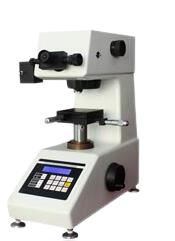
Leeb hardness (HL)
The Leeb hardness tester is a portable hardness test, which is less affected by space. It Impact the sample surface at a certain speed with a specified mass of impactor under the effect of elastic force. The value calculated by the ratio of the rebound speed and impact speed of the punch at a distance of 1mm from the sample surface.
Leeb hardness can be applied to a variety of parts. Compared with Shore hardness tester, Leeb hardness can be measured in any direction, which is very convenient for users.
Hardness Comparison Table of Common Steel and Metal Materials
| Type | Material | State | Hardness | Remarks |
| Lathe material | Iron material | 1/2H | HV210-240 | |
| Stainless Steel | 1/2H | HB≤262 | ||
| Copper | 1/2H | HV≥80 | ||
| Aluminium | 1/2H | |||
| Screw material | Iron material | Soft material | HV120-180 | HRB<95 |
| Stainless Steel 302 | Soft material | HB88-96 | ||
| Stainless Steel 304 | 1/2H | HB150-180 | ||
| Copper | Soft material | |||
| Aluminium | Soft material | |||
| Stamping material | Iron material | 1/8H | HV95-130 | |
| SPCC | 1/4H | HV115-150 | ||
| 1/2H | HV135-185 | |||
| H | HV> 170 | |||
| Annealing A | HV<105 | |||
| Quenching and tempering S | HV<115 | |||
| Manganese flake | Soft material | HV150-170 | ||
| SK5 | 1/2H | HV220-250 | ||
| H | HV450-500 | |||
| Stainless Steel | 1/4H | HV270-290 | ||
| SUS301 | 1/2H | HV310-330 | ||
| 3/4H | HV370-300 | |||
| H | HV430-450 | |||
| EH | HV490-520 | |||
| Stainless Steel | 1/4H | HV<210 | ||
| SUS304 | 1/2H | HV270-290 | ||
| 3/4H | HV310-330 | |||
| H | HV370-390 | |||
| Brass | 1/4H | HV75-125 | ||
| H65-H70 | 1/2H | HV85-145 | ||
| H | HV105-175 | |||
| EH | HV145 MIN | |||
| Phosphor copper | 1/4H | HV100-160 | ||
| C5191 | 1/2H | HV150-205 | ||
| H | HV180-230 | |||
| EH | HV200 MIN | |||
| Pure aluminum | 0 | HV20 | ||
| A1100 | Hx2 | HV30 | ||
| Hx4 | HV36 | |||
| Hx6 | – | |||
| Hx8 | HV44 | |||
| Hx9 | HV51 | |||
| Aluminium alloy | 0 | HV50 | ||
| A5052 | Hx2 | HV70 | ||
| Hx4 | HV75 | |||
| Hx6 | HV80 | |||
| Hx8 | HV85 | |||
| Hx9 | HV95 |
As a manufacturer of lathe parts and stamping parts, KENENG can answer your questions about the hardness of materials, and also provide you with the material use plan of products. If you have relevant needs, please contact us.

